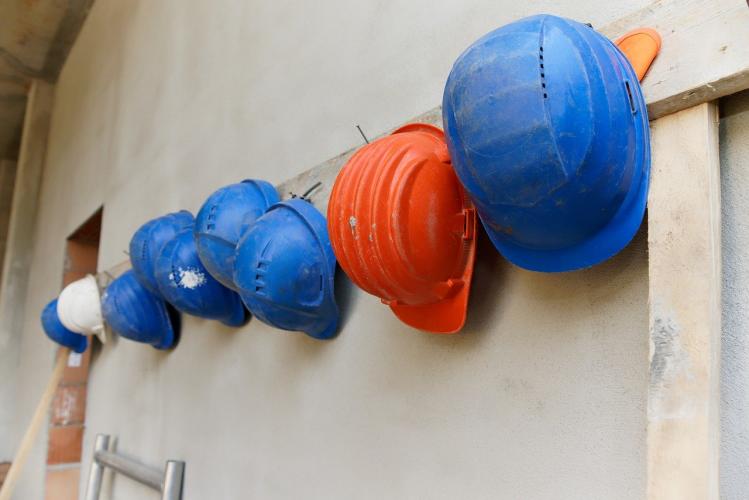
While no one expected full recovery for the energy efficiency workforce at this point in the COVID-19 pandemic, the summer’s job numbers point in a negative direction. The Bureau of Labor Statistics’ job numbers from March through August reveal where the energy efficiency and broader clean energy workforces stand six months into the COVID-19 pandemic. While the energy efficiency workforce recovered 71,786 jobs nationally in June, the gains in July and August—6,836 and 8,116 respectively—were nearly flat.[1] Unemployment in the EE workforce was 14.6% in August compared to a peak of 18.3% in May.[2] That means there are still over 345,000 EE workers out of jobs.[3] The Midwest has seen modest job growth in line with the national figures: its EE workforce is still down 80,435 jobs since the pandemic began, but the region has seen job growth of 20,051 since its nadir in May.
Nationally, unemployment across all sectors has dropped dramatically from its peak of 14.7% in April.[4] While the pandemic still rages on, states and their economies have increasingly opened back up throughout the summer, leading to August’s unemployment rate dropping to 8.4%.[5] It was always clear that some of the economy’s sectors were going to bounce back quicker than others: the food service industry sector, for example, saw a good percentage of jobs return quickly as soon as restaurants were allowed to reopen by state and local orders. The summer job numbers have been strong in several other sectors like retail, professional and business services, education and health services, and transportation and warehousing. The clean energy field was likely never going to bounce back as quickly as these sectors, but no matter how you slice it, the EE workforce is rebuilding at a slower pace than other sectors and the nation’s workforce as a whole.
It’s possible that we’ll see more positives for the EE workforce come fall and winter. Though the 2020 federal legislative calendar is coming to a close, House Democrats continue to work on a relief package that would include funding for a green recovery. Versions of these recovery acts include funds for weatherization, grid modernization projects and renewable energy projects.[6] These relief bills would provide an immediate jolt to the EE workforce. And, even if legislation does not pass before Congress breaks for its fall campaigning, the EE workforce should see continued, steady job growth as business owners and homeowners seek out efficiency measures to save costs as COVID’s financial impacts wear on. Nonetheless, while EE’s impact on bills is well-proven, undertaking efficiency projects may not be top of mind for business owners and homeowners, so it remains to be seen how quickly this workforce will bounce back.
[1] https://e4thefuture.org/wp-content/uploads/2020/09/Clean-Energy-Jobs-August-2020_COVID19-Impact-Release_SEPTEMBER.pdf
[2] https://e4thefuture.org/wp-content/uploads/2020/06/Clean-Energy-Jobs-May-COVID-19-Memo-Final.pdf
[3] https://e4thefuture.org/wp-content/uploads/2020/09/Clean-Energy-Jobs-August-2020_COVID19-Impact-Release_SEPTEMBER.pdf
[4] https://www.bls.gov/news.release/archives/empsit_05082020.htm
[5] https://www.bls.gov/news.release/archives/empsit_09042020.htm
[6] https://rules.house.gov/sites/democrats.rules.house.gov/files/BILLS-116HR4447-RCP116-63.pdf